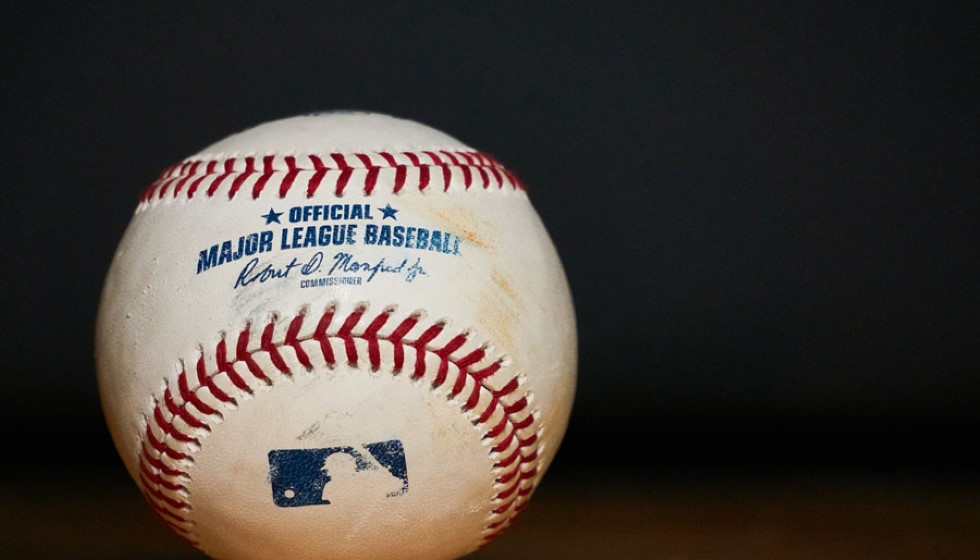
As the Dodgers take control of the World Series with a commanding 3-0 lead, all eyes were fixed on Shohei Ohtani, whose recent shoulder issue has been a significant narrative shaping the series. The star player's condition has been under close scrutiny since reports of a shoulder subluxation emerged, prompting a wave of concern across the baseball world. Despite the setback, Ohtani took the field, sparking both hope and curiosity among fans and analysts alike.
Ohtani's Shoulder Saga
Ohtani, known for his dual-threat capabilities as both a formidable pitcher and potent hitter, took part in the pre-game introductions wearing a specialized brace. This piece of equipment is not just cosmetic; it is a crucial component in ensuring that his shoulder remains warm and supported. Team trainers have recommended this brace as a precautionary measure to safeguard his physical well-being during gameplay.
When asked about the brace, Ohtani emphasized its function, saying through an interpreter, "The reason why I was holding on to myself when I was running is to make sure that I wouldn't use that same shoulder arm if I were to slide." His focus on protecting his injured shoulder was evident throughout the game.
Performance Under Pressure
Despite the injury, Ohtani's performance showcased his resilience and adaptability. In his first plate appearance, he demonstrated a keen eye by drawing a walk without engaging in a swing. His strategy seemed to reflect a cautious yet strategic approach to contributing offensively, ensuring he did not exacerbate his shoulder condition.
On the basepaths, Ohtani took noticeably shorter leads, an action likely influenced by his cautious handling of the shoulder issue. He refrained from attempting to steal bases, perhaps a deliberate decision to avoid unnecessary risk. Interestingly, his bat speed showed no significant drop, remaining above his regular-season average—a testament to his ability to maintain high performance levels even when physically compromised.
His resilience was further tested when he fouled off several pitches and ultimately struck out in another at-bat. However, later in the game, he was hit by a pitch in the ninth inning. In a surprising turn of events, Ohtani elected not to slide, a decision likely grounded in his need to protect his shoulder. Despite this, he remarked through his interpreter, "If it was more of the right shoulder, then I think it would have impacted my swing. Thankfully, it was my left, so I don't think it really did."
Managerial Assurance
The Dodgers' manager, Dave Roberts, provided critical insight into Ohtani's fitness to play, assuring that the player had passed every necessary strength test before hitting the field. This confirmation was crucial in quelling any concerns about the safety and prudence of Ohtani's participation in such a high-stakes series.
Despite the inherent risk of playing through an injury, Ohtani’s actions on the field during Game 3 demonstrated the hallmark of a seasoned athlete: the ability to adapt under pressure while still contributing to his team’s efforts. The assurance from medical staff and his manager provides a level of security, allowing fans and teammates alike to rally behind him with confidence.
The Road Ahead
As the Dodgers continue to surge through the World Series with calculated precision and unwavering determination, the storyline encompassing Ohtani's shoulder breeds both intrigue and admiration. His capacity to persevere despite hindrances offers a compelling narrative that transcends the game itself, spotlighting a player's tenacity and commitment to the sport.
Each movement by Ohtani is watched with bated breath, not only because of his unique skill set but also due to the palpable human element intertwined with athletic prowess. As the series progresses, his health remains a pivotal factor, one that could tip the scales in either direction. For now, what remains clear is Ohtani’s unwavering spirit and the impact of his presence, both pivotal in shaping the ongoing saga of this year's World Series.